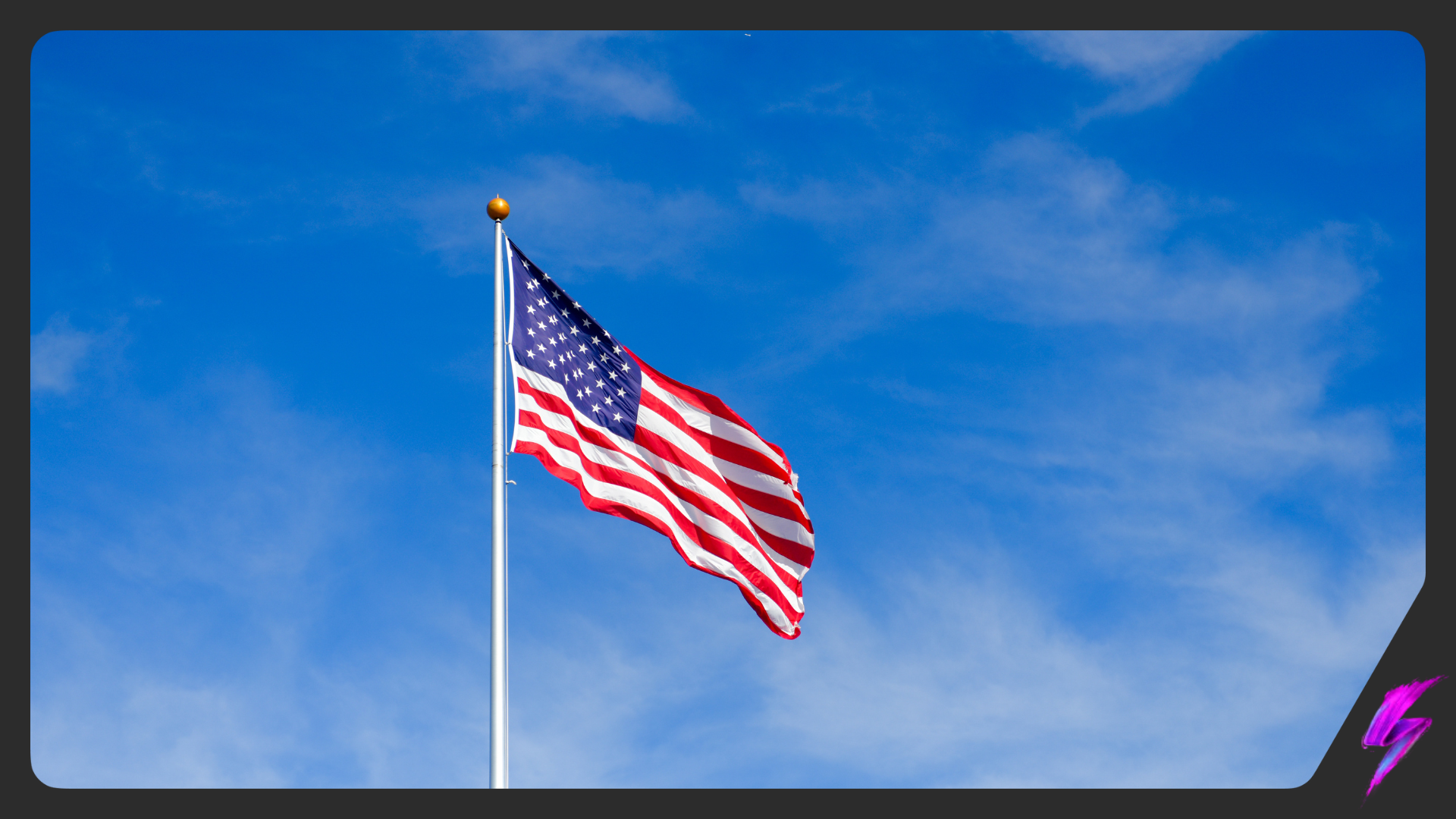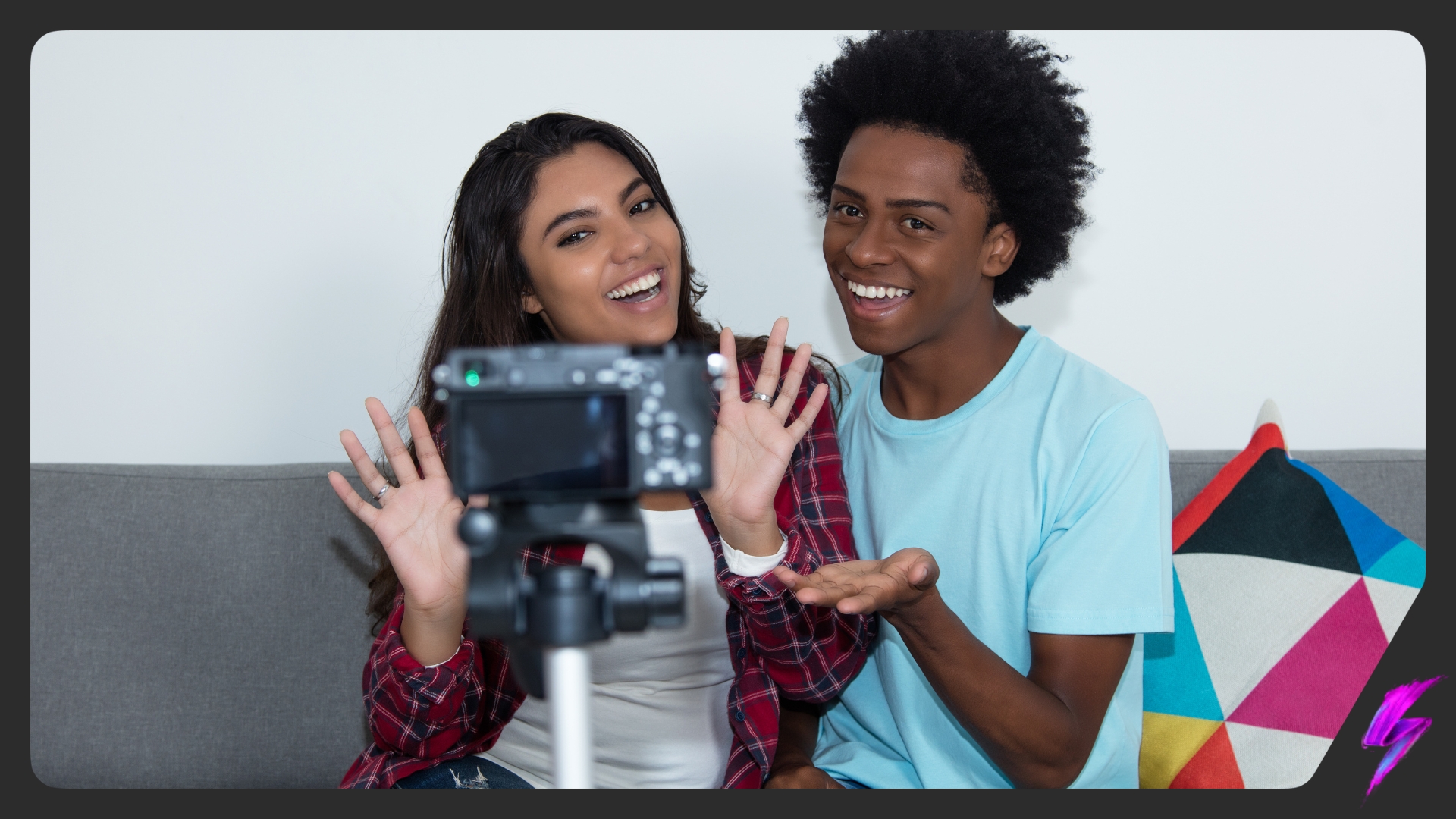The Evolution of Influencer Marketing: Embracing Earned Media in an Ever-Changing Landscape
May 14, 2025
Reports

A cornerstone of modern advertising, influencer marketing shows no signs of slowing down its evolution.
The influencer marketing industry and its adjacent creator economy continue to grow in new and often divisive ways every day. The latest change causing headlines across the world? The rise of earned media.
Driven by an ever-tightening economy and a changing media landscape, brands and marketers are showing an increasing disregard for paid media in favour of an earned model in influencer marketing.
Yet, how realistic is this potential industry shift towards earned media dominance? Should influencers be preparing for a world driven by earned media? As such, influencers are growing concerned about a future dominated by earned media, where fewer paid opportunities could exist and mid-tier creators are left at risk. This shift in the industry could ultimately strain the creator economy.
Section 1: The Current Landscape of Earned Media in Marketing
PR and marketing have always gone hand in hand. PR agencies have leveraged influencer relationships for some time, making our present turn to earned media a natural progression rather than a stark surprise. With declining budgets and consumer faith in brands and influencers alike waning, brands are upping their search for cost-effective ways to reach their audiences and gain consumer trust.
Yet, why are consumers losing faith in brands? Why have budgets taken a sudden hit? Spurred by declining budgets and consumer faith, brands are upping their search for cost-effective ways to reach their audiences and gain consumer trust.
To begin, consumers are showing an increasing demand for authentic advertising. This quarter, 92% of consumers are prioritising recommendations from peers and influencers over traditional ads, whilst 79% report they are significantly influenced by user-generated content (UGC) in their purchasing decisions, leading to a shift in audience preferences.
Consumers are 87% more likely to learn about new brands and products through vlogs than the average person.
This is highlighted by the “de-influencing trend”, which sees consumers encouraging each other to refrain from making blind purchases based on influencer recommendations and think more carefully about how they consume. This has had a powerful impact on consumer trust in sponsored testimonials.
Earned media can cater to this, as it fosters consumer trust and shines an honest light on the brand involved. Many brands are leaning on interactive campaigns, hashtag challenges, and contests that encourage consumer participation and content creation.
This strategic focus on earned media not only extends reach and promotes consumer trust, but also mitigates advertising costs, as earned media is far more cost-effective than paid. Marketing budgets have plummeted to 7.7% of company revenues this year, down 15% from 2023.
Presenting brands a solution to plummeting budgets and consumer trust, earned media has experienced a significant surge. The practice has increased by a shocking 22.7% globally as brands pivot from traditional paid advertising to more authentic, cost-effective approaches.
However, this shift towards earned media does not happen in isolation. What are the broader implications for the creator economy?
Section 2: The Creator Economy
The creator economy has emerged as a formidable force, comprising a community of more than 50 million strong. Initially drawn by the promise of free products and potential fame, new creators continue to enter the influencer marketing landscape daily. Goldman Sachs forecasts that the number of influencers earning from their work will increase from 10% to 20% annually over the next four years.
Influencer marketing is experiencing this surge firsthand, fueled by the influx of new creators and brand deals.. The industry’s expansion is palpable, with influencer marketing predicted to reach $24 billion in 2025.
The driving force behind the sustained growth of the creator economy – and the livelihoods of millions of influencers – lies in brand partnerships.
In 2025, social media creators in the U.S. are expected to generate $13.7 billion, with an astounding 59% of this from brand deals. This heavy reliance on paid media stands in stark contrast to the emerging trend of earned media tactics like influencer seeding. While these strategies offer cost-effectiveness for brands, they provide minimal direct financial benefit to creators.
Historically, advertising has been the most consistent revenue stream, with alternative income sources such as merchandise and platform subscriptions trailing significantly behind paid media partnerships.
The potential shift towards earned media in influencer marketing presents a nuanced challenge, raising critical questions about creators’ economic sustainability.
Section 3: Why a Shift Toward Earned Media Could Harm the Creator Economy
A shift towards earned media could significantly impact the creator economy. An increase in earned media could potentially lead to fewer paid opportunities for creators, particularly affecting mid-tier influencers.
Firstly, a reliance on earned media reduces the budget for paid collaborations. Whilst earned media can lead to paid opportunities in the long run, as it establishes an influencer’s credibility and grows their online reach, in the short run, it typically spells a lack of funds.
For influencers, this new landscape is a cause of concern.
A glance at the current state of the influencer marketing industry reveals a growing disdain among creators for unpaid work. While fancy cars and sporadic opportunities might have enticed influencers a decade ago, today’s creators have grown up in the digital economy and demand more substantial compensation. They aren’t seeking mere gifts or fleeting exposure – they want a stable job.
Taryn Lewis, a beauty and lifestyle creator whose artful transitions and playful content style have found her fame online, says that earned media is far more common for influencers; a fact they are not entirely pleased with.
“PR and gifting boxes are certainly more common or at least easier to find, dominating our inboxes as inbound opportunities”, she says, adding that, “while gifting can be exciting, it doesn’t cover our expenses or reflect the true value of our work”.
Josh Samoj, a gaming and tech creator, shares this opinion. He notes that “some brands I’ve partnered with on content promotions have shifted to gifted PR boxes and in-game items”, rather than paid media.
Many creators experience a shift in their opinion towards earned media over their careers. Lewis believes this has to do with maturity.
“Beginners often welcome gifting opportunities as they’re eager to build their portfolio and establish relationships with brands. However, as creators become more established, like myself, we tend to be more discerning about our partnership”.
This is the overall sentiment in the industry, with many creators sharing Lewis’s opinion. Whilst maturity may be a factor, a desire for more paid opportunities is also linked to the role influencer marketing has grown to hold in society.
The influencer marketing industry has evolved to become akin to that of television and film. Much like these traditional media industries, the creator economy nurtures emerging talent who grow to have significant sway over society. With many influencers going on to become major celebrities, the industry thrives on brands that view influencers as professionals.
Today’s influencers seek long-term, sustainable, stable brand partnerships, recognising their worth. Yet, despite this, earned media is still taking precedence, leading to growing disgruntlement.
This controversial shift towards earned media particularly threatens middle-tier influencers. With brands relying on nano and mega influencers for their impressive engagement rates and low costs, these tiered creators have become the go-to choice for brands seeking quick and efficient content. In 2024, 70% of brands sought to mainly work with micro and macro-influencers.
This trend creates a widening gap among influencers, leaving the mid-tier creators in a difficult position. They lack the reach of high-tier influencers while being costlier than micro-influencers, whose high engagement rates offer a more compelling return on investment for brands.
Section 4: The Implications of Changing Social Landscapes
The shift toward earned media isn’t the only threat to the creator economy and its preference for paid media. Recent significant shifts in the social landscape, namely TikTok’s short-lived ban in the US, have shed light on the impact of platforms’ roles in mediating the balance between the two.
The uncertainty of TikTok’s 75-day extension continues to leave creators feeling caught at a crossroads, with their paid work opportunities trudging along beside them. For many, efforts to redirect audiences to their Instagram or YouTube accounts have taken precedence over remaining hopeful of the clock app’s permanence. But with this mass migration comes repercussions for paid media and more opportunities for earned.
The complete loss of a platform like TikTok means less gifting and sponsored opportunities for the creators who use it as their primary channel for building an audience. Gifting, particularly, becomes less valuable without the virality TikTok can provide.
This pushes brands to reconsider their gifting strategies, looking toward other platforms to provide quicker returns on their investment. Consequently, many creators are then likely to experience a shift in their revenue model, piling the pressure on paid collaborations in an attempt to maintain their earnings during a rapidly shifting landscape.
Section 5: Solutions and Suggestions
The future of influencer marketing lies in a diverse approach, where earned media complements, rather than replaces, paid opportunities and PR-driven narratives. This is key for the creator economy to flourish.
From a brand’s perspective, relying on both paid and earned media allows for a controlled narrative that speaks to consumers. While practices such as gifting and UGC may be cost-effective and appear authentic to consumers, they can be quite the wild card for brands. Take gifting, for example: once a gifting box is sent, brands relinquish control over how influencers portray their product. If brands wish to enjoy these earned media wins, but still craft the perfect brand image, they must also rely on paid media.
For influencers, focusing on both paid and earned media is essential for financial stability. Earned media offers up the opportunity for increased reach, potential brand sponsorships, and the plus side of free products, but does not pay the bills.
Paid partnerships directly address the financial needs of creators, particularly for more established influencers seeking sustainable brand relationships. The key to future success lies in a diverse revenue stream that balances earned opportunities with paid collaborations. This approach provides creators with both financial stability and creative flexibility.
Lewis exemplifies this strategy, noting, “I’ve always been proactive in seeking out paid opportunities while nurturing long-term partnerships.”
Moreover, it is essential for brands to identify, invest in, and nurture emerging talent in the influencer space. Failing to do so means failing to reach young consumers, particularly the Gen-Z audience, who interact with advertising differently than previous generations.
This audience gravitates towards influencers who are still building their platforms, valuing their rawness and realness over the curated personas of celebrity influencers or scripted content. Brands that fail to recognise and invest in these up-and-coming creators risk alienating a generation that prioritises trust, transparency, and genuine connections. Building early partnerships with this new wave of talent allows brands to foster long-term relationships and ensures they remain relevant.
Conclusion
Financial success in the influencer marketing industry hinges not on abandoning established content styles, but on strategic adaptation. As creators become increasingly innovative in expanding their revenue, brands are similarly challenged to develop compelling incentives for earned media collaborations. These incentives can take diverse forms: affiliate marketing links that generate direct revenue, exclusive event invitations that expand professional networks, and opportunities for collaborative experiences like influencer trips that deepen brand-creator relationships.
The shift towards earned media signals a broader marketing trend that prioritises engagement and authenticity. While this approach benefits many parties, it simultaneously exposes the vulnerabilities of mid-tier creators who depend on paid media’s visibility. The emerging landscape presents a high-risk, high-reward scenario that prompts critical questions about the sustainability of marketing strategies that potentially marginalise an entire segment of creators.
In 2025, integrating earned media relations as a core component of your strategy is essential. The key to success, however, lies in embracing a holistic, full-funnel approach. As influencer marketing evolves, so must the strategies empowering both brands and creators, fostering an environment where earned and paid media complement each other.
Brands such as Fenty Beauty and Oner Active excel at this by adopting a perfect blend of paid and earned media opportunities across the board. From repurposing UGC and acknowledging consumer purchases through their social channels, to selecting mid-tier influencers for ambassadorships, these brands leave no stone unturned, further promoting their inclusivity and maximising their financial and marketing success.
Still, the question remains: Will earned media continue to dominate the conversation, or will the scales inevitably tip back toward paid strategies?
Our influencer marketing agency and social agency are located worldwide, with our agency network based in the USA, UK, UAE and China.
If you want to find industry insights, visit our influencer marketing and social media blogs.
@sociallypowerful
Social And Influencer Marketing News + Insights
Get in touch
We'll show you how to start powerful conversation, drive social engagement, build your brand, hit sales targets or meet other goals you have, wherever you are in the world.
Work with us





